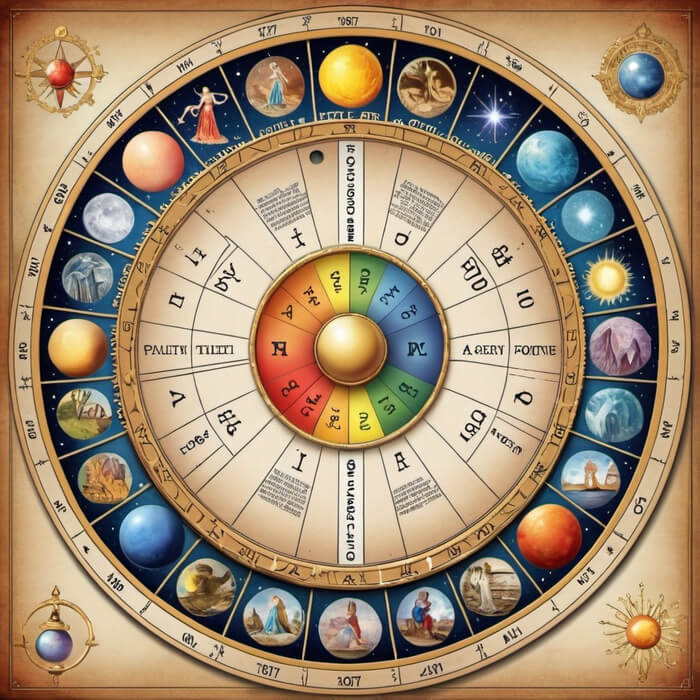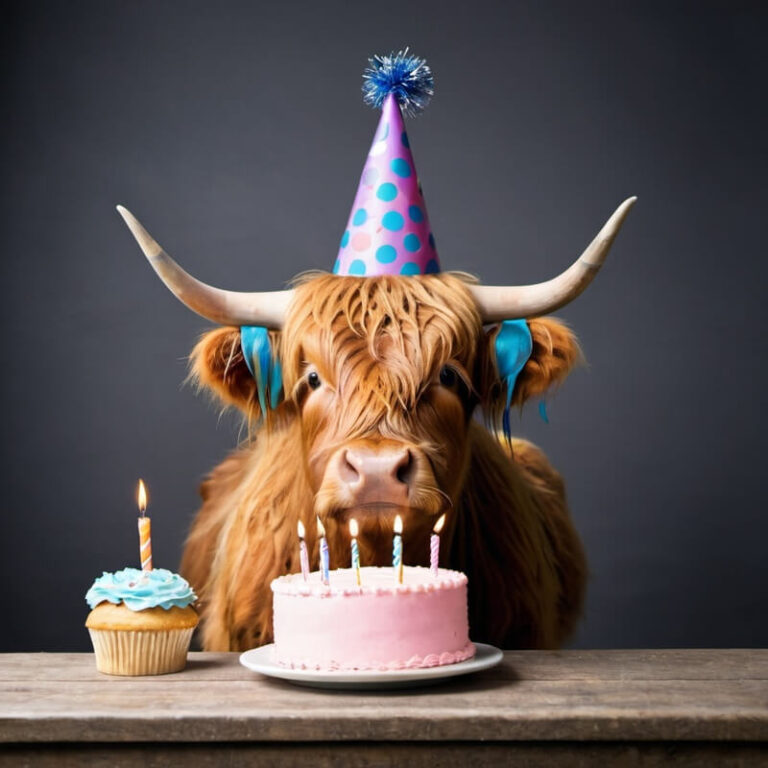The Significance of Birthdays Around the World
Birthdays are universal milestones that mark the passage of time and celebrate life. Across the globe, people have developed unique traditions to commemorate these special days, blending cultural significance with joyful festivities. Let’s explore how birthdays are celebrated in different parts of the world, revealing the diversity and shared humanity in these cherished moments.
Asia
In Asia, birthday traditions often reflect deep cultural values and family ties:
Japan: The Coming of Age Ceremony, or Seijin Shiki, is a momentous event for those turning 20. Held on the second Monday in January, this ceremony marks the transition into adulthood. Participants don traditional attire, attend ceremonies, and visit shrines to pray for their future success and happiness.
China: A staple of Chinese birthday celebrations is the serving of longevity noodles, symbolizing a wish for a long and prosperous life. These unbroken noodles are a metaphor for longevity, and breaking them while eating is avoided to ensure good fortune.
South Korea: Birthdays in South Korea are closely tied to gratitude toward mothers. Eating miyeok-guk (seaweed soup) is a customary part of the celebration, honoring mothers who traditionally consumed the nutrient-rich soup during childbirth.
Discover how random dates can inspire unique celebrations by exploring our Random Birthday Generator with Zodiac.
Europe
European birthday customs are as varied as the continent itself:
Spain: In Spain, the tradition of “los tirones de oreja,” or ear pulling, involves tugging the birthday person’s earlobes once for each year of their age. This light-hearted gesture symbolizes a wish for longevity.
Russia and Lithuania: In some European countries like Russia and Lithuania, it is customary to bake fruit pies with birthday greetings inscribed on the crust. This sweet tradition adds a personal touch to the celebration.
Australia and New Zealand
Children’s birthday parties in Australia and New Zealand wouldn’t be complete without a serving of fairy bread. This nostalgic treat consists of white bread spread with butter and covered in colorful sprinkles, cut into triangles. Its simplicity and cheerfulness make it a beloved staple.
For creative party planning ideas, check out Birthday Party Ideas Tailored for Every Age Group.
North America
Mexico: A Mexican birthday celebration often features a piñata, a brightly decorated container filled with sweets and toys. Blindfolded children take turns striking the piñata until it bursts, showering treats and bringing joy to all.
Africa
Ghana: In Ghana, a birthday celebration starts with a special dish called oto. Made from mashed sweet potatoes and eggs fried in palm oil, this treat is followed by a lively party featuring traditional foods, music, and dancing.
For a deeper dive into the history of birthdays, visit The History of Birthday Celebrations.
Conclusion
Birthday traditions from around the world highlight the richness of cultural diversity while emphasizing shared values like family, gratitude, and joy. Whether through symbolic foods, rituals, or playful activities, these celebrations bring people together, making birthdays a universal occasion to cherish.
As we explore these traditions, we’re reminded of the unique ways humans celebrate life, creating memories that transcend borders and time.
For fun ways to explore random birthdays and tie them to cultural significance, try our Random Birthday Generator with Zodiac.







